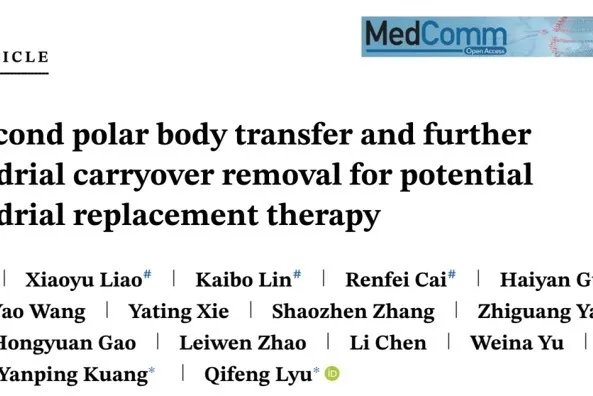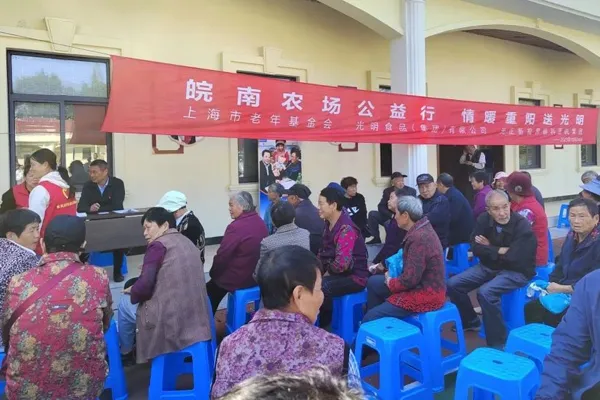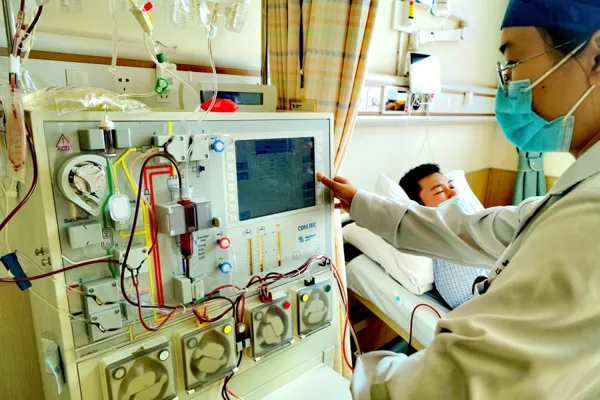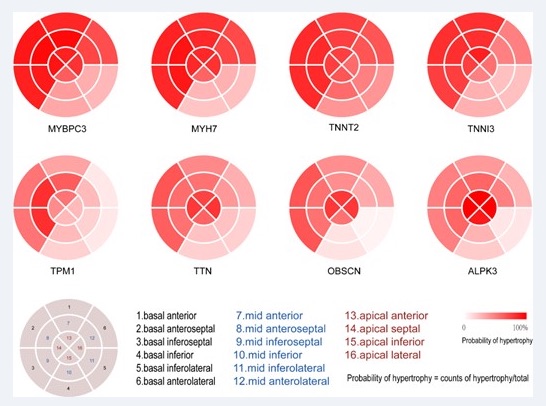The team of the Ninth Hospital has continuously issued documents to innovate key technologies and solve the international problems of IVF.
Recently, the Kuang Yanping/Lv Qifeng team of the Department of Assisted Reproduction of Shanghai Ninth People's Hospital has published its latest scientific research results in the internationally renowned scientific research magazines "Medical Communications" and "PLOS Biology", innovating and breaking through the world's cutting-edge technology for in vitro fertilization - nuclear In order to solve the key bottleneck issues in mass replacement technology, the Shanghai Ninth Hospital proposed solutions to solve the international problems in the clinical application of second polar body nucleoplasmic replacement technology and spindle nucleoplasmic replacement technology respectively.
Since its clinical application in the late 1970s, IVF technology has helped tens of millions of infertile patients around the world obtain healthy babies of their own. In recent years, a solution for in vitro fertilization treatment through nucleocytoplasmic replacement has been proposed. This technology transfers the nuclear genetic material of the mother's egg into the enucleated eggs donated by healthy volunteers, thereby improving the egg cytoplasmic quality or replacing the egg mitochondria without changing the egg nuclear genetic material, so as to improve the quality of fertilization and development or reduce the quality of fertilization and development. Risk of passing on disease-causing mitochondria to offspring.
However, nuclear-cytoplasmic replacement has been studied for more than 20 years, but there are still widespread concerns about the safety of this technology at home and abroad, the most important of which include two aspects of genetic risks: First, nuclear genetic abnormalities, that is, the operation of current technology Interference may lead to fragmentation of nuclear genomic DNA or chromosomal abnormalities; the second is mitochondrial genetic abnormalities, that is, current technical operations will still bring along more maternal mitochondria, and the amount of maternal mitochondrial DNA that comes with it will decrease in subsequent development. Uncertain changes can occur that, when significantly increased, may result in the risk of pathogenesis in disease-causing mitochondria exceeding a certain threshold. Although there have been 2 clinical application reports in recent years, and a total of 7 babies born with nucleocytoplasmic replacement technology, there are still technical bottlenecks such as low chromosomal euploidy rate and high maternal mitochondrial residue.
In an article published in "Medical Communications", the Kuang Yanping/Lv Qifeng team elaborated on the research finding that DNA fragmentation in the second polar body increased significantly over time, and they invented and utilized the "cytoplasmic shedding" technology to achieve early second polar body Nuclear-cytoplasmic replacement effectively protects the integrity of the second polar body DNA, thereby reducing the nuclear genetic risk of this technology; at the same time, the "tube pressure-promoting fusion" technology was also invented and used to exponentially reduce operational interference and achieve stable and efficient operations. and convenience. Even more ingeniously, this technology also realizes a fusion point positioning marker and the absorption of its nearby integration into the cytoplasm, thereby exponentially reducing the residual rate of maternal mitochondria and its potential mitochondrial genetic risk.
Subsequently, the team further published an article in "PLOS Biology" and found that microfertilization in advance can avoid chromosomal instability in spindle nucleoplasmic replacement, thus avoiding the nuclear genetic risk of this technology; and for the first time Using a thinner diameter operating tube, combined with the aforementioned "cytoplasm shake-off" technology, most of the cytoplasm at both ends of the spindle is non-destructively removed, and the accompanying mitochondria are removed as much as possible within the achievable range, and then the "tube-promoted fusion method" is used. "The spindle cell body with almost no cytoplasm is quickly implanted into the spindle-depleted egg, thereby further achieving a double or even order-of-magnitude reduction in the rate of maternal mitochondrial residue and its potential mitochondrial genetic risk.
The researchers conducted experiments on offspring born from mouse eggs, embryos, embryonic stem cells and embryo transplants, as well as experiments on human volunteers' donated eggs at the pre-implantation embryonic stage. The results show that compared with traditional technologies, the two new technologies are more effective. Compared with traditional technology, it is not only safer and more stable, but also successfully achieves a double or even order-of-magnitude reduction in the initial maternal mitochondrial residual rate. The study uses more accurate digital PCR technology and nucleosome, whole egg and even whole embryo sampling technology to detect the initial mitochondrial residual rate after nucleoplasmic replacement, in order to avoid the low detection sensitivity and sampling bias of conventional detection measures, which makes these tests Data is more reliable.
It is reported that the team has completed the invention patent application for a series of technologies such as "cytoplasmic detachment" and "tube pressure promotion". Researcher Lv Qifeng, head of the embryonic laboratory of the Department of Assisted Reproduction of the Ninth Hospital, said that these new solutions have greatly improved the safety of clinical application of nuclear-cytoplasmic replacement technology, and have provided a large number of difficult infertility patients or women with mitochondrial genetic disease carriers with the opportunity to give birth to their own blood. Healthy offspring has brought hope, but nuclear-cytoplasmic replacement technology has not yet been clinically applied in my country, and its promotion still needs further legal and ethical demonstration and improvement.
Li Wenzhi, Liao Xiaoyu, Lin Kaibo, Cai Renfei, and Guo Haiyan from the Department of Assisted Reproduction, Shanghai Ninth Hospital are the co-first authors of the article "Potential Mitochondrial Replacement Treatment Program: Early Second Polar Body Replacement and Further Maternal Mitochondria Removal"; Liao Xiaoyu, Li Wenzhi, Lin Kaibo, Jin Wei, Zhang Shaozhen, and Wang Yao are the co-first authors of the article "Optimized spindle-chromosome complex replacement method significantly reduces maternal mitochondrial carriage". Director Kuang Yanping and researcher Lv Qifeng of the Department of Assisted Reproduction of Shanghai No. 9 Hospital are the co-corresponding authors of the above two articles.





